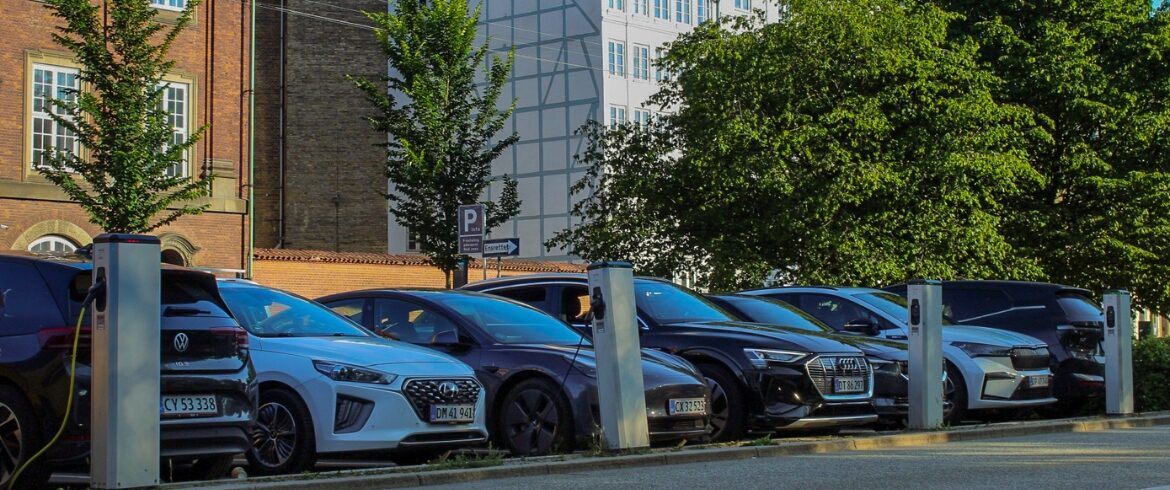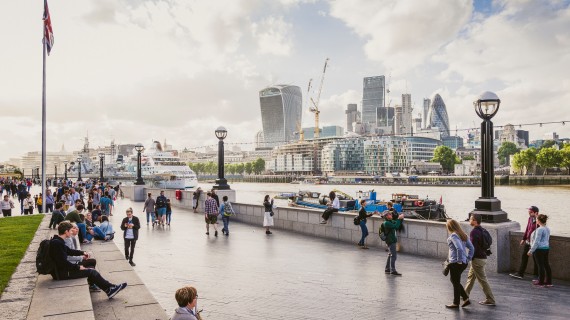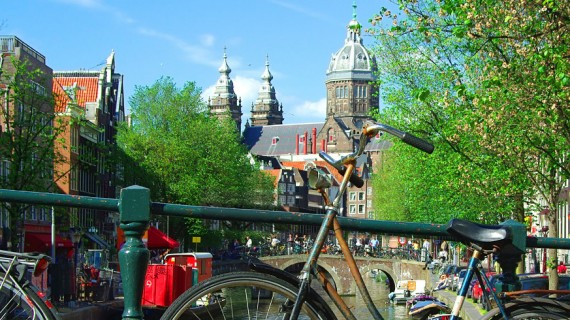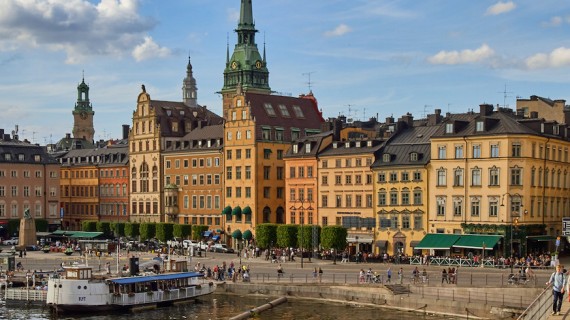Cities have become home to local people who permanently reside there, but also to thousands of tourists who travel around the world. This generates the need to organize spaces so that the movement of people and the impact of their daily actions do not negatively affect them.
A good organization and management of cities provides a better quality of life for those who are there and for those who are there temporarily.
In recent years, enormous progress has been made in terms of sustainability and technology, which has resulted in the progress of cities positioning themselves before the rest as “smart cities” that see beyond, thinking firmly about the future and constantly acting in the present.
Smart Cities are considered those that have invested in development through the rational exploitation of their resources, the quality of life of their inhabitants, technological development and territorial organization based on sustainable concepts. These cities use technology as an engine for growth.
Characteristics of a Smart City
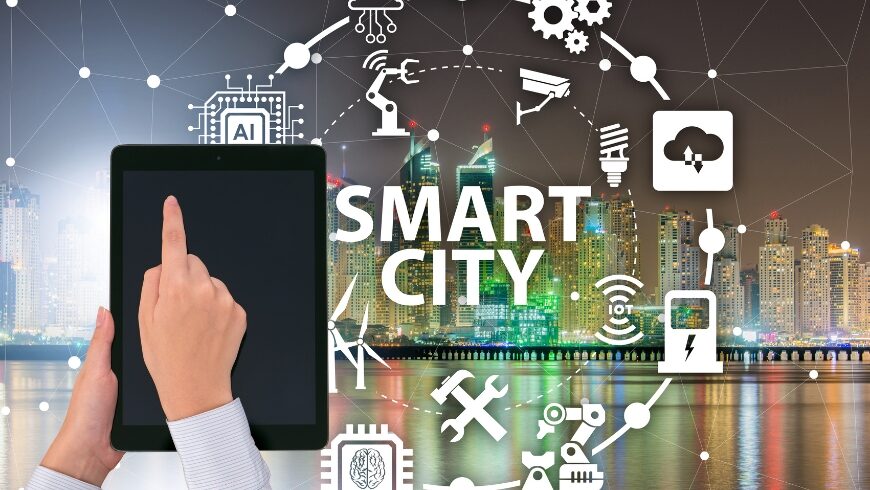
Competitiveness
For a city to be competitive, it must have the capacity to be updated, transform and adapt to the new challenges of today’s world. It is important for a city to be entrepreneurial, open and flexible.
Natural resources
The sustainable management of Natural Resources, the preservation of biodiversity, the territorial organization of public roads, the maintenance of green spaces, among others.
Quality of life
Good health conditions, quality in the infrastructure of schools and buildings, good health conditions and cultural buildings, access to basic services for the population.
New technologies
Good information technology infrastructure and openness to digital transformation
Transport and ICTs
Accessibility both nationally and internationally through infrastructure and an innovative and safe transport system
Participation and governance
Trustworthy and transparent governance through innovative forward-looking policies. Efficient public services and quality of life for citizens.
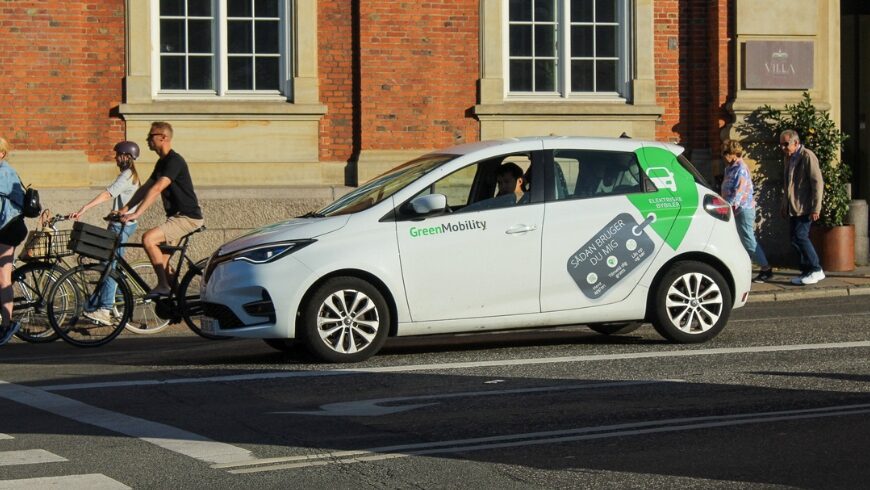
Advantages of a Smart City
- Greater efficiency in transport
- Better quality of life for the inhabitants
- Territorial ordering
- energy saving
- Healthier, inclusive, and healthier environments
- Better capacity to assimilate new technologies
- Greater digitization and interoperability of services
- Resignification of public mobility
4 smart tourist destinations
Four cities located in different parts of the planet with different physical, economic and social characteristics, but with one point in common: to grow as smart cities based on technological development that allows promoting sustainable practices in the process of urbanization and growth.
New York, USA
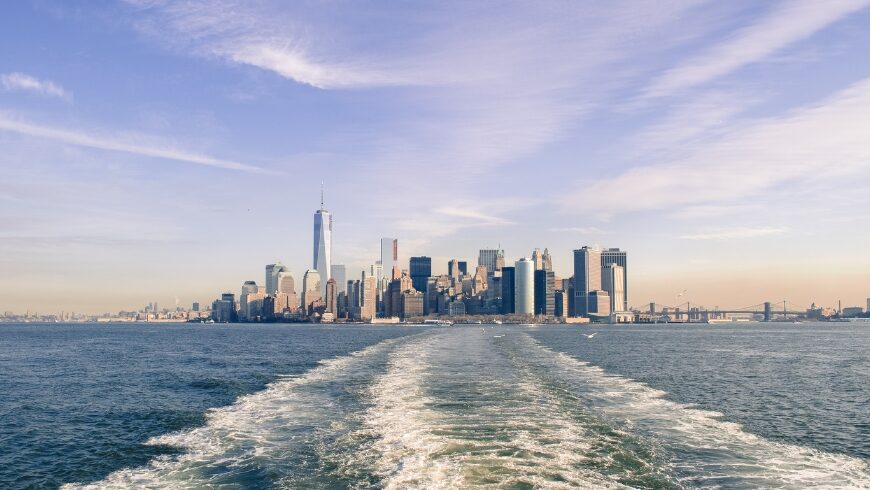
With more than 24 million inhabitants in its urban area, it is the most densely populated city in the United States, with around 800 skyscrapers and innumerable architectural styles.
The city has large green areas and is surrounded by water.
More than 70 million tourists pass through this city per year interested in visiting its most important points, such as the Statue of Liberty, Fifth Avenue, museums, or Central Park.
Due to its performance in economics, urban planning, international projection, human capital, mobility, and transport, it is ranked number 1 in the ranking of smart cities in the world according to IESE Business school. However, the city is in low position with respect to social cohesion and the environment.
The management of the large tons of garbage that are generated daily, the efficiency and improvement in terms of waste are its current weaknesses and the purposes that it seeks to solve taking into account the alarming figures regarding the number of people who circulate there.
Singapore
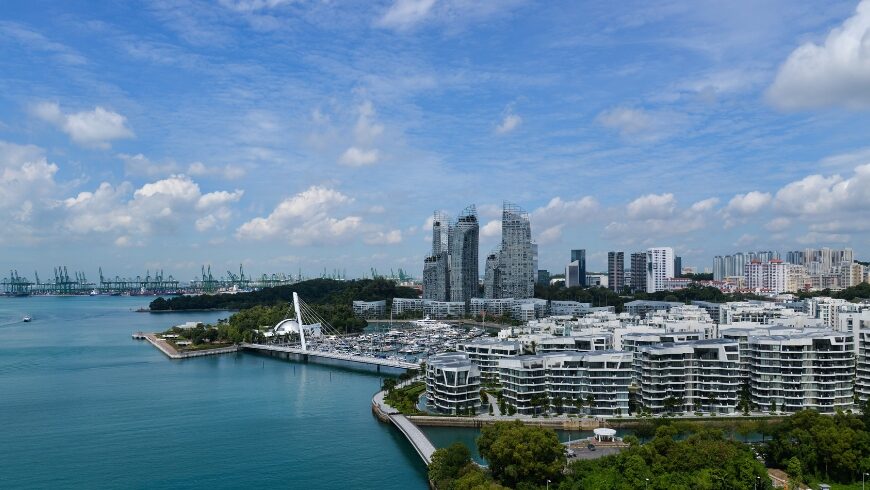
Located between Malaysia and Indonesia is made up of 64 islands, with Singapore Island as the main one. About 15 million tourists visit this city every year.
Many of Singapore’s residents get around on foot, bicycle and public transport. The transport system is very efficient and works based on sensor technology
You can visit the city and enjoy museums, shopping, nature and architecture. It is a very clean city and they are very strict about maintaining cleanliness in the city.
The city is positioned among the smartest cities in the world for its way of using technology and thus improving people’s quality of life, prioritizing sustainability.
Buenos Aires, Argentina
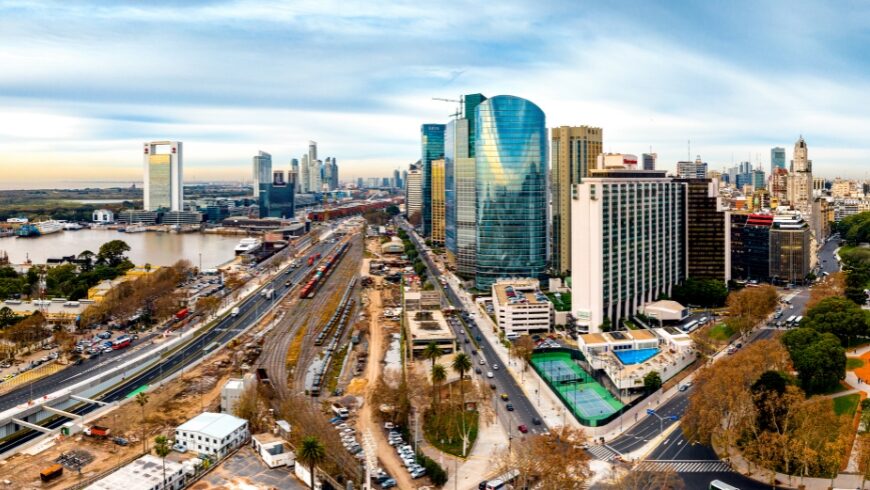
The City of Buenos Aires is the capital of Argentina, the most populous in the country (it has more than 3 million inhabitants). It is located in the center-east of Argentina and is the seat of the national government.
In terms of smart cities, it is the best-positioned city in Latin America according to dimensions of governance, urban planning, and international projection.
This city is characterized as being cosmopolitan and one of the main metropolises of America. It presents a particular culture where different styles coexist.
It stands out for the variety of landscapes and the various activities it offers to tourists who visit it (tango, theater, shopping, gastronomy, museums, nature, and sporting events).
It is currently developing new strategies for public policies and urban development, its objectives are based on an inclusive, responsible development and commitment to the environment.
Since 2012, it has implemented a Comprehensive Urban Solid Waste Plan in order to promote waste reduction by promoting its separation, and developing a circular economy model. This plan allowed him to win the Smart City Award in 2022 in Barcelona, Spain.
Copenhagen, Denmark
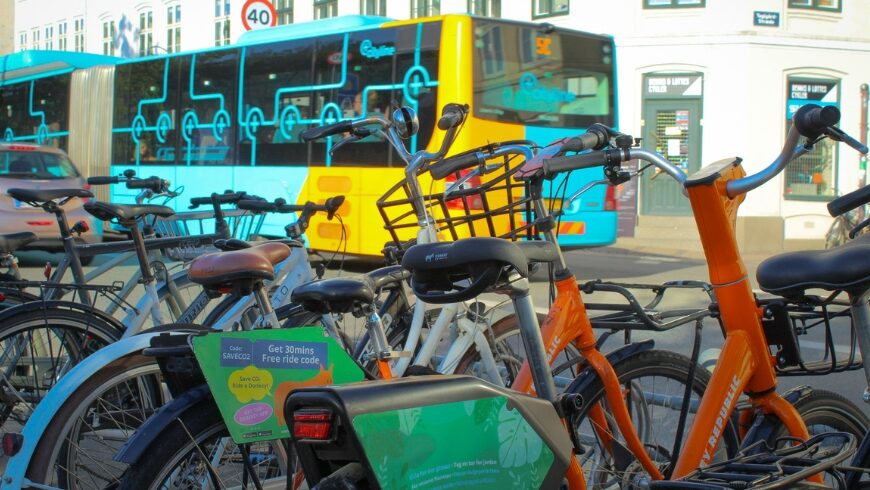
The Danish capital has not only set itself the ambitious goal of being the first Carbon Neutral Capital by 2025 , but also has a “Solutions Lab” where smart city-wide strategies are developed and coordinated.
The main activities of the Copenhagen Solutions Lab are:
- Digital citizen participation
- Climate and energy optimization
- Air quality
- International cooperation
His tasks are based on addressing the challenges facing Copenhagen, identifying and coordinating the needs of a smart city. In this way, the municipality of Copenhagen has access to the innovation necessary to constantly create effective and appropriate solutions.
Among the different projects being developed, the “Air View” project stands out.
Copenhagen Solution Lab and Google are associated to measure air pollution in the streets, the results of this project will provide the Municipality with a perspective that allows addressing the problem of air pollution.
Circular Copenhagen
It is an innovation platform linked to the CPH Waste Management Plan and the 2025 Climate Action Plan, which aims to promote the circular economy by focusing on its progress in the city.
This platform acts in an interdisciplinary way, interacting with different projects of the Municipality and encouraging the local community to contribute ideas and participation, as well as companies to receive information and training on the circular economy so that they can discover its potential.
The proposed challenges are:
- Rethink
- Reduce and reuse
- Promote high-quality recycling
- Improve collection schemes
- Material flow – high quality recycling
Cover Image By Riccardo Buglione photography
